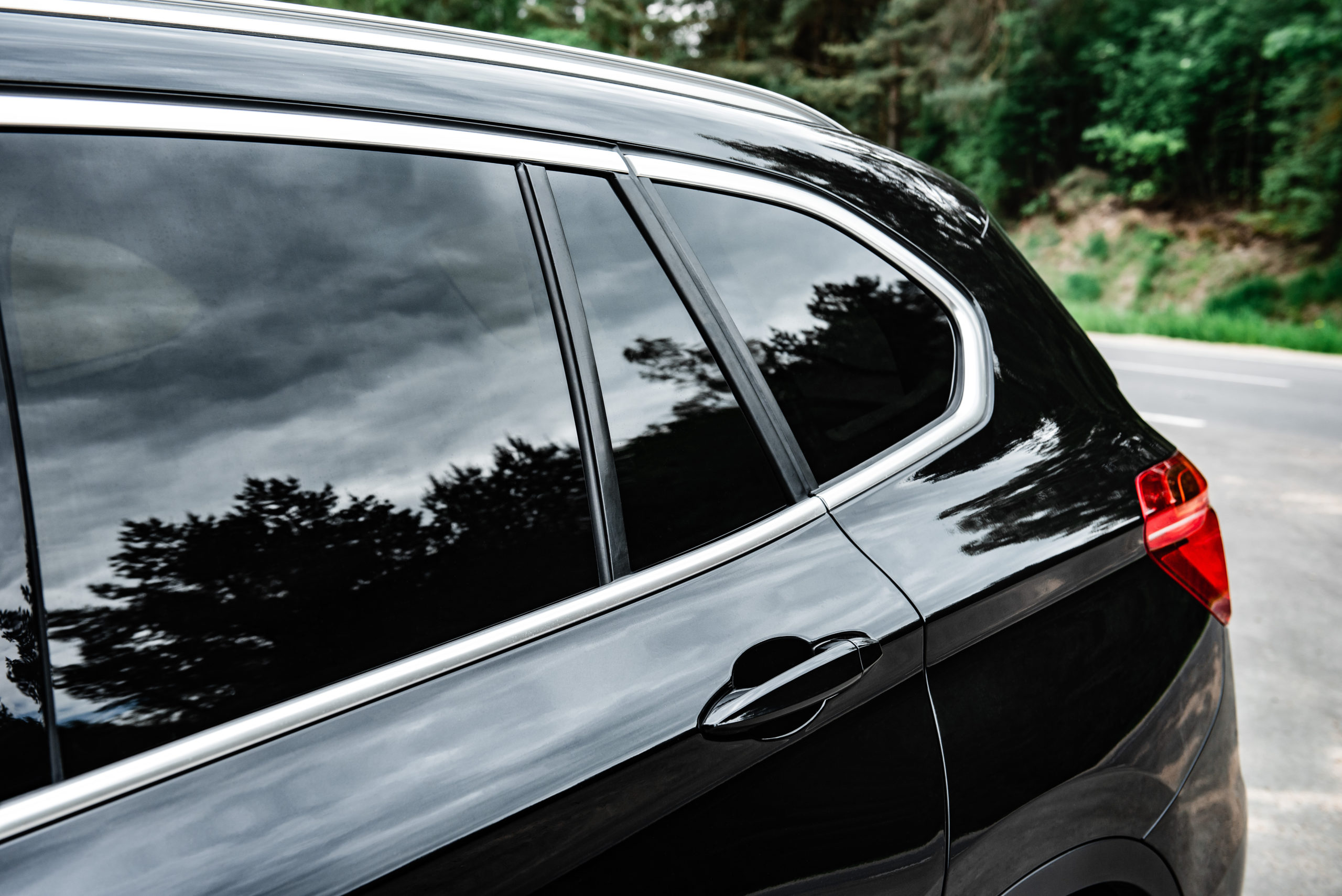Why Window Tinting Is Essential for Reducing Fading and Protecting Your Upholstery
Home Window Tinting Laws: What You Required to Know Before Tinting Your Auto
Understanding home window tinting laws is necessary for any lorry proprietor thinking about tinting their car. As you consider enhancing your vehicle's look and capability, it is important to understand not just the legal ramifications but additionally the practical considerations that come with picking the appropriate color.
Relevance of Recognizing Tint Rules
Comprehending home window tinting legislations is essential for car proprietors to ensure conformity with state policies. These legislations determine the permissible degrees of tint darkness and reflectivity, which can substantially differ from one territory to one more. Failing to stick to these regulations can result in penalties, mandatory elimination of the color, and possible complications during car inspections.
Moreover, comprehending these regulations aids lorry owners make informed choices concerning their tinting choices. Different kinds of window films supply various benefits, such as UV security, warmth denial, and glow decrease. Without understanding of the lawful restrictions, lorry proprietors run the risk of selecting products that may ultimately lead to legal issues.
Furthermore, understanding of tinting laws promotes a much safer driving setting. window tinting. Excessively dark colors can harm presence, raising the risk of mishaps, specifically at night or in adverse weather condition problems. Police likewise make use of these policies to make sure roadway security, making compliance not just a lawful obligation but an individual obligation
State-Specific Tint Rules
Each state in the united state has actually established its own details regulations concerning home window tinting, mirroring a diverse range of demands and standards. These policies can vary significantly, influencing exactly how lorry owners come close to installation and conformity. As an example, some states allow darker tints on rear home windows while imposing strict limitations on front-side windows.
In addition, laws frequently define allowable tint products and colors. Specific states restrict reflective colors entirely, while others might allow them to a minimal degree. Some jurisdictions mandate that vehicles with colored home windows present a sticker label showing conformity with state laws, offering a clear recognition for legislation enforcement.
Enforcement of these regulations additionally varies; some states are much more positive, performing arbitrary checks, while others depend on complaints or visible violations to initiate enforcement. Car owners must know that failing to follow state-specific color laws can result in fines, mandatory elimination of prohibited colors, or both.

Legal Color Percentages
Figuring out the lawful tint portions is vital for vehicle owners looking for to adhere to state guidelines. Each state has certain regulations governing just how much light must go through the home windows of an automobile, which is shared as a percent understood as Visible Light Transmission (VLT) This percentage varies dramatically throughout states and can depend upon the sort of window-- front side, back side, and windscreen.
For example, some states enable as little as 20% VLT on front side home windows, while others might allow up to 50%. Windscreen tinting is usually a lot more restricted, with lots of territories enabling only a slim band of tint on top of link the windscreen. In comparison, rear home windows commonly have a lot more lax laws, with some states allowing darker tints.
It is important for lorry owners to familiarize themselves with their local regulations to stay clear of potential lawful problems. This includes understanding how VLT is measured, as it can differ based upon the sort of home window film utilized. Remaining informed regarding these regulations makes sure conformity and promotes risk-free driving problems for both the car proprietor and others on the road.
Consequences of Non-Compliance
Falling short to stick to home window tinting laws can lead to considerable consequences for car proprietors. Police officers trained to identify unlawful color levels may provide penalties, which can differ by territory yet commonly vary from modest to significant quantities.

Insurance policy companies may likewise penalize for non-compliance, as unlawful alterations can be considered Learn More Here as a breach of policy terms. If an occurrence takes place., this can affect insurance coverage prices or lead to complications in insurance claims.
Eventually, the repercussions of non-compliance prolong past instant monetary charges; they can affect a motorist's insurance coverage rates, legal standing, and overall vehicle value, emphasizing the importance of sticking to neighborhood home window tinting guidelines.
Tips for Picking Tinting Options
Comprehending the effects of non-compliance highlights the value of making notified options when choosing window tinting choices. First of all, familiarize on your own with your state's certain regulations relating to tint darkness and reflectivity. Each state has one-of-a-kind guidelines that dictate the permitted limitations, so guarantee you stay within these guidelines to prevent penalties.
Second of all, consider the sort of color product. Options consist of colored, metalized, and ceramic tints, each offering differing levels of warm being rejected, UV protection, and durability. For circumstances, ceramic colors offer premium warm resistance without disrupting digital devices, making them a preferred choice.
Additionally, evaluate your primary function for tinting. If you look for enhanced privacy, go with darker tints; nevertheless, keep in mind that this might influence browse around this web-site visibility at night. On the other hand, if glow reduction and UV defense are your main issues, lighter tints might suffice.
Lastly, speak with an expert installer that is educated about local policies and can suggest premium products suited to your needs (window tinting). Taking these elements into account will ensure you make a well-informed decision, inevitably boosting both your lorry's aesthetic appeals and performance
Verdict
In verdict, experience with window tinting legislations is vital prior to applying color to a car. By understanding lawful demands and choosing appropriate color materials, lorry owners can achieve visual enhancement while remaining certified with appropriate laws.
Recognizing home window tinting laws is necessary for any automobile proprietor thinking about tinting their auto.Recognizing window tinting legislations is critical for vehicle owners to make certain conformity with state guidelines. Some states allow darker tints on rear home windows while enforcing strict limitations on front-side windows.
In comparison, rear windows normally have more lax guidelines, with some states allowing darker tints. (window tinting)
In verdict, familiarity with window tinting laws is necessary prior to using color to a lorry.